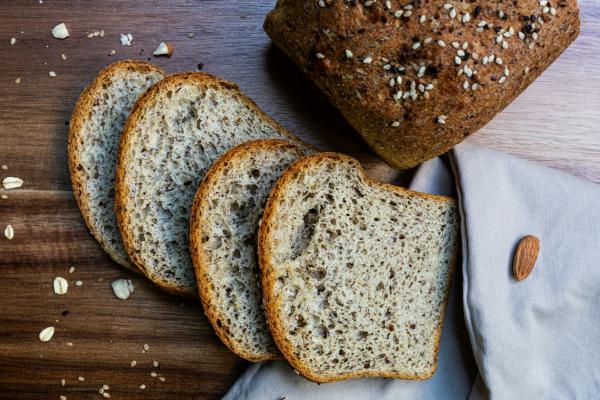


Bread has been a staple in diets worldwide for centuries due to its versatility, affordability, and delicious taste. However, modern processing techniques have made many commercial breads less nutrient-dense. Focusing on whole grain, fiber-rich bread prepared with minimal artificial additives can help support health goals when consumed in moderation. Let’s explore what defines healthiest bread and its optimal role in maintaining a balanced lifestyle for lifelong wellness.
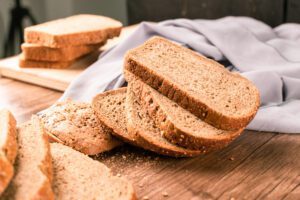
A healthy bread provides valuable nutrients and enhances an overall nutritious diet when consumed in moderation. To understand what makes bread healthy, it is important to define the characteristics of a nourishing option. Whole grains, fiber, and minimal processing are key characteristics of a nutritious bread variety (Healthline, 2022).
Whole grains: These breads are made from 100% whole grains and oats, such as oats rye. The use of whole grains ensures that essential parts of the grain are intact, delivering vitamins, minerals, and plant compounds. These nutrients aid digestion, promote heart health and reduce disease risk compared to refined grains (Harvard T.H.). Chan School of Public Health, 2022.
High in fiber: Aim for at least 2-3g 2-3 grams per 30g 30-gram serving. Soluble fiber lowers cholesterol and regulate blood sugar levels, while insoluble fiber aids in regularity and nutrient absorption. Fiber supports weight control by promoting a feeling of fullness (Mayo Clinic, 2022).
Limited processed ingredients: Highly processed commercial loaves often contain preservatives, additives, and extra ingredients such as excessive unhealthy fats or gluten. Less processed options provide more nutrients in their natural form (NHS, 2022). Less processing is better.
Appropriate portion size: A single slice of bread should contain 100 calories or less. Fewer. This ensures that it fits well within your daily calorie needs.
Protein and healthy fats: Look for bread that contains seeds, legumes, or nut butter, as these ingredients satisfy protein and fats.
Minimal saturated/trans fats: Oils should be unsaturated rather than butter, shortening, or other sources of fats, which are not healthy.
Balance of carbs and carbohydrates nutrients: Healthy breads provide a carbs combination of carbohydrates, essential minerals, and antioxidants derived from whole grains.
In summary, truly bread focuses on whole grains, fiber, limited processing, and providing a source of important nutrients – not just empty calories or refined carbohydrates.
These breads significantly benefits overall well-being when enjoyed in moderation of the balanced diet.
Improved Digestion: The fiber in whole grains regulates transit time and helps prevent constipation. Insoluble fiber adds bulk, while soluble fiber helps eliminate toxins.
Regulated Blood Sugar: Fiber, protein, and complex carbs carbohydrates healthy bread help blood glucose and insulin levels, providing energy instead of experiencing crashes.
Heart Health Support: Fiber lowers LDL “bad” cholesterol and reduces the risk of heart disease. Antioxidants from grains defend against oxidative stress in arteries.
Cancer Risk Reduction: Fiber ferries carry from the colon; whole grains contain antioxidants that neutralize damaging free radicals linked to cancer development.
Strong Bones: Nutrients found in whole grains, such as vitamin K and selenium, help promote mineralization and density, which can prevent fractures.
Promotes Weight Management: Filling The filling and steady energy provided by this food helps appetite and prevents fat accumulation. This is in contrast to refined carbs, which tend to make one feel quickly soon eating.
Mental Clarity: Nutrients such as vitamins fuel metabolism for metabolism, enhancing memory and mood. Tryptophan aids in relaxation and balances serotonin levels.
To maximize nutrition and satiety from bread, it is important to pair it with complementary ingredients strategically. Some healthy food combinations to try:
Nut butter: The healthy fats, fiber, and protein in nut butter, such as peanut butter, stabilize sugar levels when spread whole grain bread for hours.
Hummus: This creamy chickpea spread on whole wheat pita or bread delivers fiber, protein, heart-healthy fats, and immune-boosting minerals.
Hard-boiled eggs: The high-quality protein and choline in eggs help the spike when consumed with grain toast or English muffins.
Avocado: One of the creamiest and most nutritious pairings and additions, it contributes monounsaturated fat and over 20 vitamins/minerals and minerals bread.
Bean salad: Fiber-rich beans mixed with vegetables on bread slathered spread olive oil provide satiating, satisfying carbs, carbohydrates, and plant protein.
Vegetable sandwiches: Layered with fresh tomato, tomatoes, cucumbers, and a dressing on whole grain bread, this option provides minerals and antioxidants.
While bread can certainly be a part of a healthy lifestyle when chosen and portioned appropriately, true wellness requires balance across all aspects of life (Harvard Health, 2022).
Incorporating whole grain bread thoughtfully as part of a sensible, balanced meal, alongside active days and self-care, allows for long-term enjoyment rather than potential excess from consuming it excessively. Tailored to personal circumstances, lifestyle flexibility supports committed yet gentle progress over the years with bread nutrition (Mayo Clinic, 2022).
Conclusion
Embracing whole grain bread prepared with care and minimal processing and consuming it strategically offers significant benefits for metabolic and digestive health. Homemade versions permit customizing recipes nutritiously. With moderate activity, stress relief, and nourishing relationships, healthy bread enhances daily routine versus posing risks when selected and portioned appropriately. Whole grain varieties provide long-lasting benefits as part of a balanced lifestyle (Harvard Health, 2022). Focusing on overall wellness through variety and personal fulfilment nourishes both body and soul sustainably for a lifetime.
In summary, the sustainable path to lifelong wellness involves balanced moderation across all life factors customized for individual priorities, circumstances, and stages of living. With enlightened choices like fiber-rich whole grain bread, even comforting staples contribute meaningful nutrition to complement holistic health strategies over the years.
Question: What type of flour is best for making healthiest bread?
Ans: Whole grain flours like wheat, rye, oat, and spelt are best. They retain all parts of the grain that provide fiber, vitamins, minerals, and other nutrients.
Question: Is white bread bad for your health?
Ans: While not necessarily “bad,” white bread lacks the fiber, nutrients, and phytonutrients of whole-grain bread. It has the germ and bran removed, so it causes a quicker rise in blood sugar. It’s not harmful in moderation, but a whole-grain option is healthier.
Question: How many carbohydrates should be in bread?
Ans: Aim for bread with no more than 15g of carbohydrates per 30g serving as a healthier option. Focus on consuming fiber-rich whole grain breads, as they are digested slowly and do not cause spikes in blood sugar levels, unlike highly refined, low fat bread.
Question: Can people with diabetes eat bread?
Ans: Diabetics should choose high-fiber, low-glycemic index bread made from whole grains. Pairing bread with protein-rich foods can also help slow the rise in blood sugar. Portion size is important – 1-2 small slices is usually a good amount.
Question: Is bread fattening?
Ans: In moderation, healthy bread itself is not necessarily fattening. However, highly refined, low-fiber breads can cause an instant increase in blood sugar levels, resulting in fat storage. Higher-fiber whole-grain breads are more filling and support a healthy Metabolism. As with any food, consuming excessive calories from large portions of bread could contribute to weight gain.
Question: How long does bread last?
Ans: Properly stored bread lasts 3-5 days at room temperature or on the counter. For extended freshness, keeping bread in the refrigerator for 5-7 days or freezing slices or smaller loaves in an airtight freezer bag for 3-4 months is recommended. Freeze bread before the expiration or sell-by date.
Question: What spreads are healthy for bread?
Ans: Some healthier bread spreads include nut butter, hummus, avocado, refried beans, mashed bananas, nut-free pesto, apple butter, black beans, cottage cheese, or yogurt. Look for varieties without added sugars whenever possible.








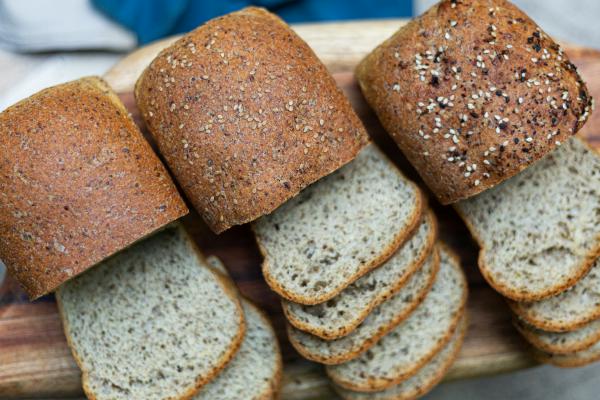


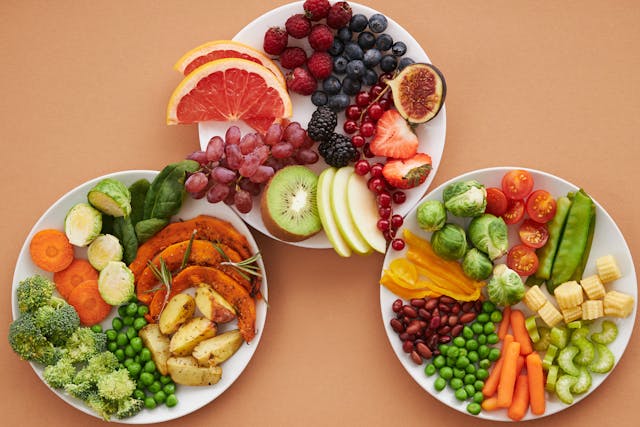






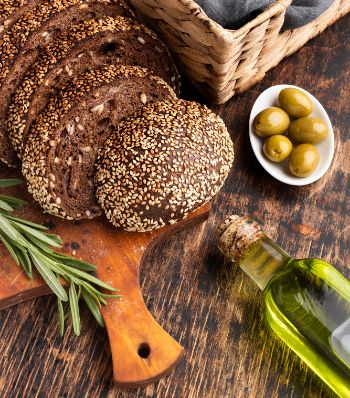

Sign up below to receive exclusive deals and be first to know when delicious new products are coming out.